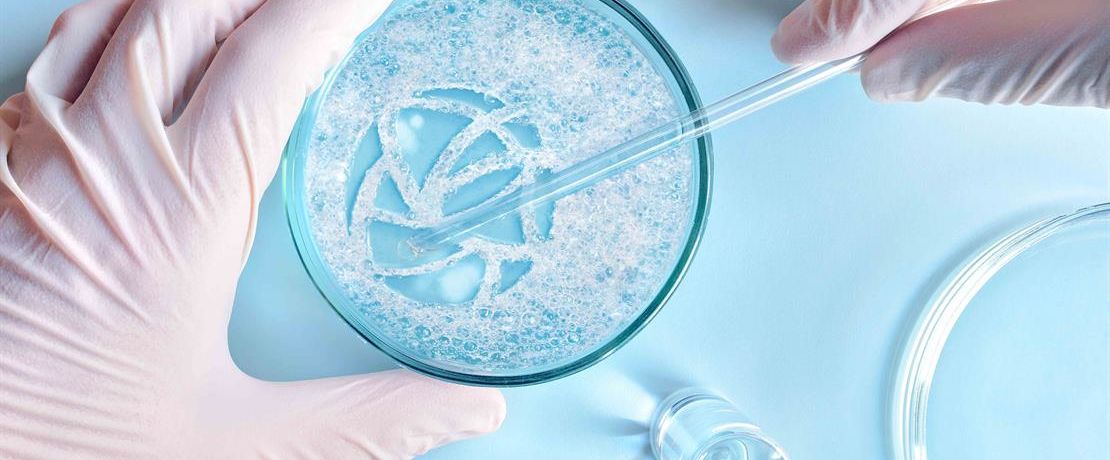The Function of Defoamers in Enhancing Product Top Quality and Efficiency
Defoamers serve as vital ingredients that reduce this problem, making certain smoother production process while improving the functional and aesthetic attributes of the final items. The choice of the suitable defoamer can be crucial to accomplishing optimal results, raising essential inquiries regarding solution compatibility and efficiency metrics that merit further expedition.
Comprehending Defoamers
Recognizing the role of defoamers is essential for keeping item quality across various markets. Defoamers are chemical ingredients created to decrease and protect against the formation of foam in liquid systems, which can adversely influence processes such as blending, filling, and surface area tension. Foaming can lead to inadequacies, product problems, and compromised visual allure, making defoamers an important element in producing operations.
In industrial applications, defoamers assist to improve product consistency and stability. The reliable use of defoamers not just makes sure smoother production processes however additionally adds to exceptional product performance.
Additionally, the selection and formula of a defoamer must line up with particular application demands, such as compatibility with other active ingredients, performance under varying temperature level and pH conditions, and potential governing constraints. Eventually, comprehending defoamers' functions and their significance in numerous solutions is vital for maximizing production and guaranteeing the highest top quality final result.
Kinds Of Defoamers
Defoamers can be categorized right into several types based upon their make-up and mechanism of activity. The primary kinds consist of silicone-based, non-silicone natural, and not natural defoamers.
Silicone-based defoamers are amongst the most effective, largely as a result of their capability to spread out swiftly on the fluid surface and interfere with foam formation. Their special chemical structure enables superior security, making them appropriate for high-temperature applications and atmospheres with varying pH levels.
Non-silicone organic defoamers, usually made up of fatty acids or natural oils, are valued for their biodegradability and lower poisoning. These are typically used in food and drink applications where safety and ecological impact are critical.
Inorganic defoamers, that include compounds like talc or calcium carbonate, act by raising the thickness of the fluid, thus decreasing foam security. They are frequently utilized in industrial procedures where compatibility with other products is not an issue.
Each kind of defoamer has distinct advantages and restrictions, allowing for customized remedies depending on the particular frothing concerns encountered in numerous applications. Comprehending these distinctions is crucial for maximizing performance and attaining wanted product top quality.
Applications Throughout Industries
Countless sectors take advantage of defoamers to enhance product high quality and operational performance. In the food and beverage field, defoamers are critical in procedures such as developing and dairy products manufacturing to stop foam formation, which can cause inefficiencies and item inconsistency. By regulating foam, makers can make certain far better yield and an extra uniform item.
In the pharmaceutical industry, defoamers play a crucial function in the solution of liquid medications, where extreme foam can hamper blending and precise application. Their use helps maintain the integrity of the formulations and facilitates smoother production procedures.
The paint and coatings industry additionally relies on defoamers to enhance the efficiency of products during application. By lessening foam, these additives make sure a smoother coating and boost the aesthetic top qualities of the end product.

Benefits of Using Defoamers
While the application of defoamers varies across sectors, their advantages constantly improve product top quality and process efficiency. One substantial benefit is the reduction of foam formation during producing processes, which can or else result in production hold-ups and disparities in product quality. By lessening foam, defoamers make it possible for a smoother flow of materials, promoting much more efficient operations and reducing the likelihood of devices malfunctions.
Furthermore, the use of defoamers can boost the look and structure of final items. In fields such as coverings, paints, and browse around here food handling, too much foam can endanger the visual aesthetics and overall quality, while the ideal defoamer application makes sure an uniform surface and preferable features. Defoamers can contribute to set you back savings by decreasing waste during manufacturing and enhancing the usage of raw products.

Picking the Right Defoamer
Selecting the best defoamer is critical for enhancing manufacturing procedures and making sure product top quality. The selection of defoamer affects not only the efficiency of foam control but also the total efficiency attributes of the end product. Elements to consider consist of the kind of application, the chemistry of the formula, and the ecological conditions under which the product will be made use of.
Different industries might need particular defoamer types, such as silicone-based, organic, or polymeric defoamers. Understanding the compatibility of continue reading this the defoamer with the main components is vital to avoid negative responses that can endanger product integrity. Additionally, the defoamer's efficiency in various temperature levels and pH levels must be examined to guarantee regular performance.
Checking the defoamer in small applications can supply important understandings into its performance and suitability. Factor to consider of regulative compliance, especially in food, drugs, and cosmetics, is vital in choosing a defoamer. Inevitably, a complete assessment of these aspects will result in the selection of a defoamer that not only controls foam successfully however also improves the high quality and performance of the end product.
Verdict

To conclude, defoamers are crucial additives that dramatically improve product high quality and performance across various sectors. By successfully minimizing foam formation, these agents not just improve functional efficiency but likewise contribute to the useful and aesthetic integrity of products. The critical choice and application of defoamers bring about cost financial savings, optimized resource use, and boosted client fulfillment. In general, the value of defoamers in industrial processes can not be overstated, as they play a crucial duty in achieving top notch and constant end results.
Foaming can lead to inefficiencies, item issues, and endangered aesthetic allure, making defoamers a critical element in producing operations.
